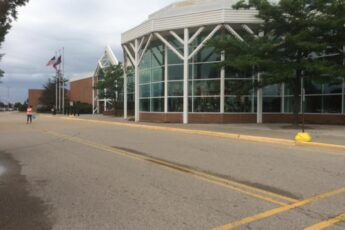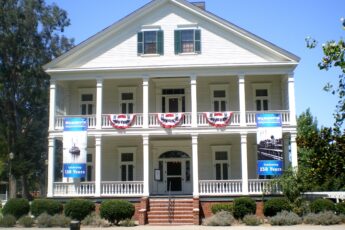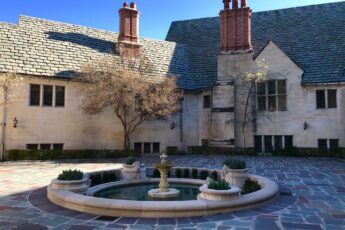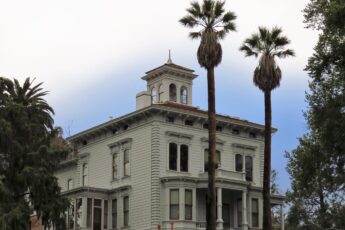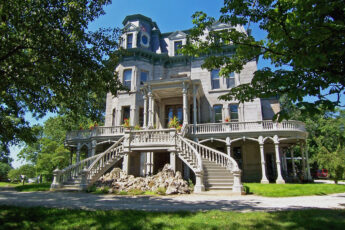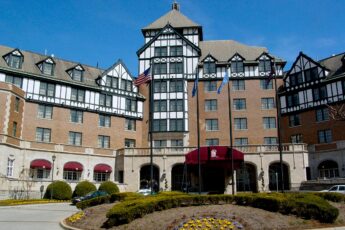The Man Behind the Colonel Frank J. Hecker House
Colonel Frank J. Hecker was a man of many talents and ambitions. Born in Freedom, Michigan, in 1846, he served in the Union Army during the Civil War. After the war, he ventured into the railroad supply business, amassing a considerable fortune. He was a prominent figure in Detroit, contributing to the city's growth and development.
Hecker's influence extended beyond business; he was also a military man. He served in the Spanish-American War and was appointed to the Panama Canal Commission by President Theodore Roosevelt in 1904. His military and business acumen made him a well-respected figure in local and national circles.
The house that Hecker built is a testament to his taste, affluence, and influence. Located at 5510 Woodward Avenue, the mansion was constructed between 1888 and 1892. It symbolized Hecker's success, where he could entertain guests and live in luxury.
The mansion wasn't just a home; it was a social hub. Hecker used it to host elaborate parties and gatherings, inviting notable figures of the time. Among the guests were Presidents William McKinley and Rutherford B. Hayes, showcasing the social significance of the house during its early years.
Architectural Marvel - The Design and Construction
The Frank J. Hecker House is an architectural gem that stands as a testament to the grandeur of its time. Designed by the architectural firm Scott, Kamper & Scott, the house is a prime example of the French Châteauesque style. The Château de Chenonceaux inspired the design in France's Loire Valley.
The house spans an impressive 21,000 square feet and features a variety of architectural elements that make it unique. The exterior is adorned with large towers, Flemish dormers, and a balustraded, colonnaded loggia. The intricate details and grand scale make it a masterpiece in its own right.
The interior is equally impressive, boasting 49 rooms, including an oak-paneled hall, an oval dining room in mahogany, and a white and gold music room. The hearths in the entrance halls feature Italian Sienna marble, contrasting with some crafted from Egyptian Nubian marble and onyx.
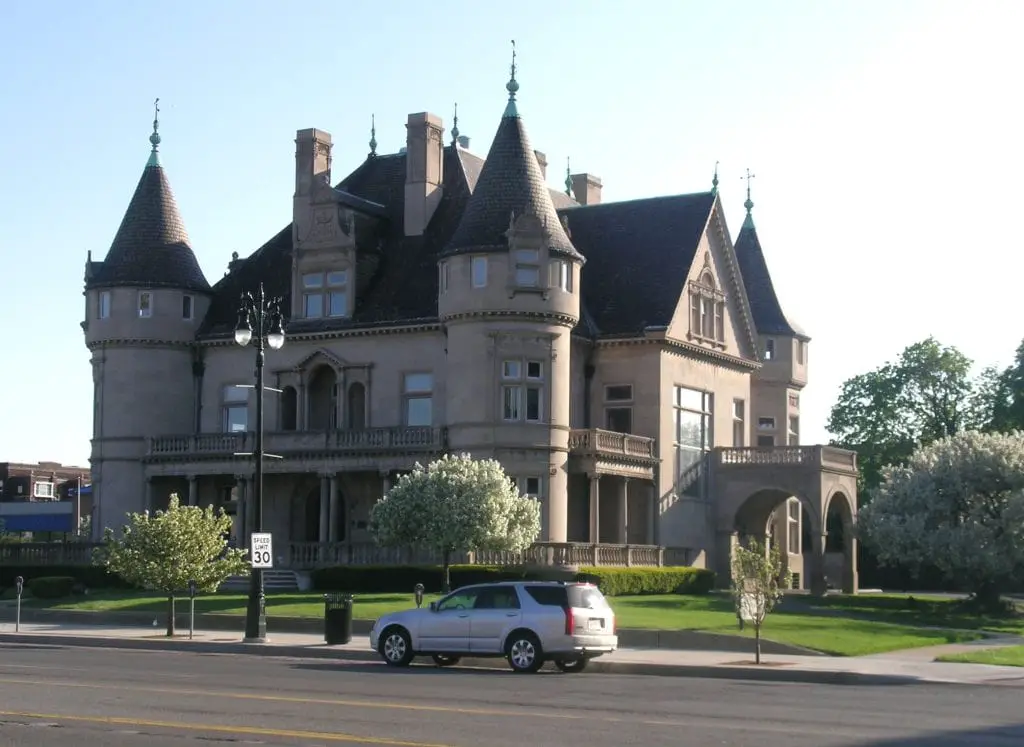
For those interested in things to do in Detroit, Michigan, a visit to the vicinity of this architectural marvel is a must. Although the house is not open for public tours, its exterior offers a glimpse into Detroit's opulent past and serves as a backdrop for many local photographers.
The Golden Years - Parties and Presidential Visits
The Frank J. Hecker House was more than just a residence; it was a venue for some of Detroit's most lavish social events. The Heckers were generous hosts, converting their carriage house into a concert hall accommodating up to 200 people. The house was a social hub, hosting parties that were the talk of the town.
The interior of the house was designed to impress. The oval dining room was paneled in mahogany, a Rococo music room was adorned in white and gold, and a ballroom and hall were paneled in English oak. These rooms were the perfect settings for the elaborate parties the Heckers hosted.
The Hecker House remained active in Detroit's social scene until Mrs. Hecker died in 1933. After her passing, the house was maintained as a boarding house for college students and their children. This phase marked the end of the house's golden years but paved the way for its future roles.
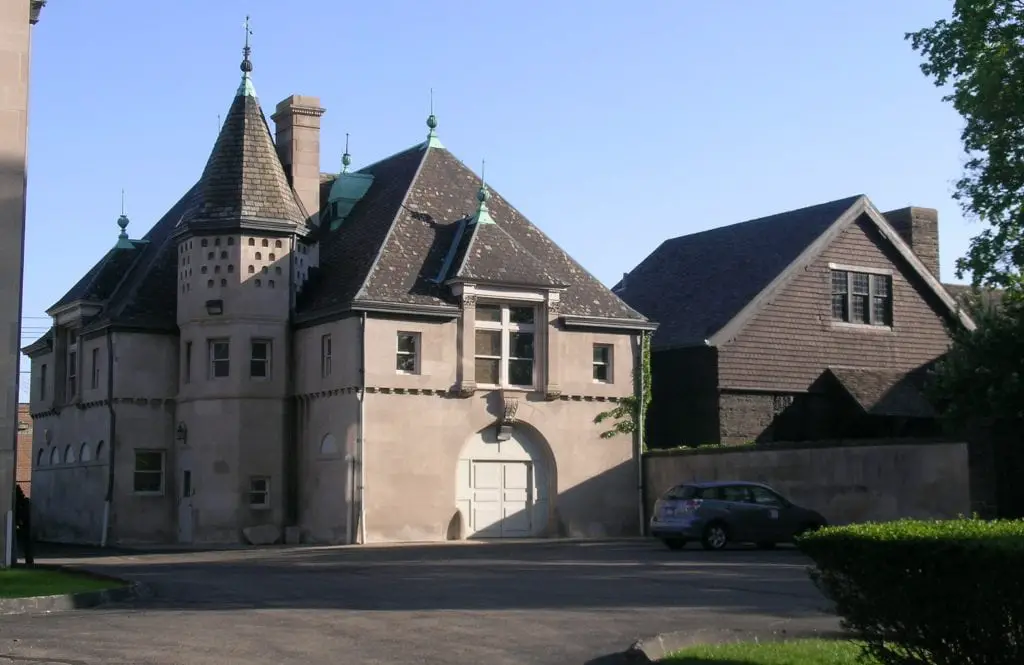
Changing Hands - From Hecker to Smiley and Beyond
After the death of Mrs. Hecker, the house went through several transitions. The Hecker family maintained it as a boarding house for college students until 1947. That year, it was sold to Paul Smiley of the Smiley Brothers Music Company, marking a new chapter in its history.
Under Smiley's ownership, the house was used for musical instruction. The Detroit Chamber Music Workshop and the Women's Symphony both originated within these walls. This period saw the house taking on a more educational role, contributing to Detroit's cultural scene.
In 1990, a year after Smiley's death, the house was sold to the legal firm of Charfoos & Christensen. The firm undertook extensive rehabilitation work to restore the mansion to its former glory. They used it as their law office until 2014, preserving its architectural features while adapting it for modern use.
In September 2014, Wayne State University purchased the house for $2.3 million. In honor of Thomas Tierney, a 1960 alumnus and benefactor of Wayne State, the university awarded it the name Tierney Alumni House. This acquisition marked yet another transition for the house, linking it to academia and ensuring its preservation for future generations.
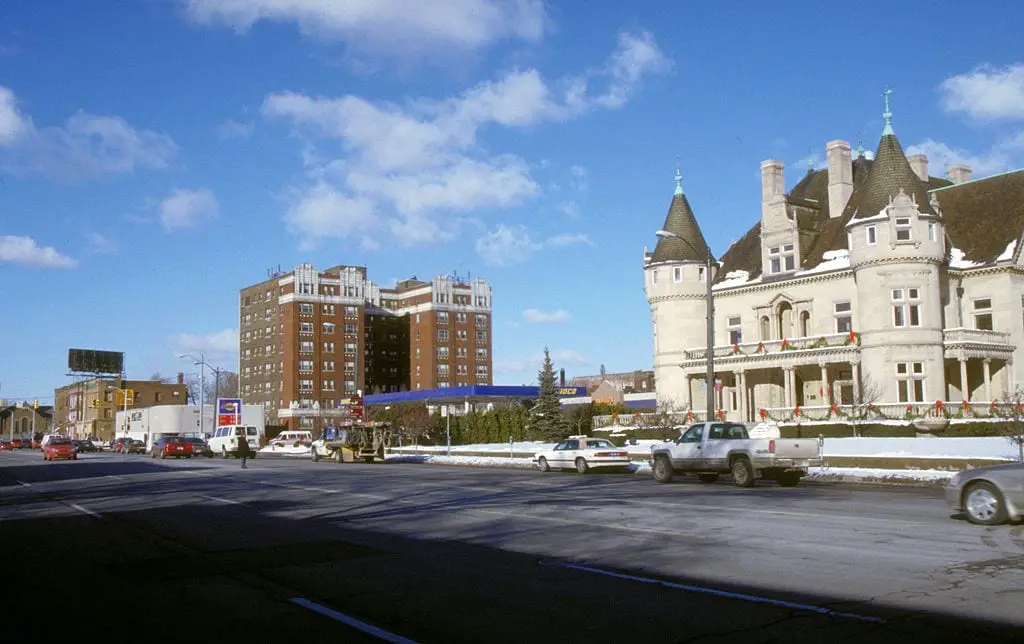
The Tierney Alumni House - A New Chapter
Wayne State University's acquisition of the house in 2014 marked the beginning of a new chapter in its history. It is the home of the Wayne State University Alumni Association and the Office of Alumni Relations.
The university has been diligent in preserving the house's historical significance. It was listed on the National Register of Historic Places in 1971, and efforts have been made to maintain its architectural integrity. The house is not open for public tours but continues to serve an essential role within the university.
The Tierney Alumni House is also home to an extensive art collection. Works produced by Detroit-based artists in the 1960s, '70s, and '80s have been relocated here, adding another layer to its historical and cultural significance. This makes it not just a hub for alum activities but also a repository of Detroit's rich artistic heritage.
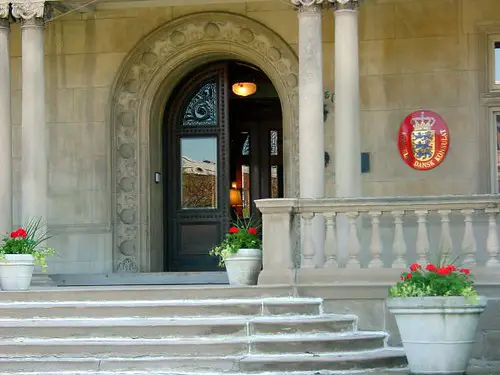
Recent Developments
The Frank J. Hecker House, now known as the Tierney Alumni House, has seen significant changes in recent years. In 2015, Wayne State University received a $2 million donation from philanthropists Thomas and Elizabeth Tierney. This generous contribution was aimed at preserving the historic home and supporting the university's efforts in maintaining it.
The donation was divided into two parts: $1 million was allocated to create an endowment to ensure the house's preservation and maintenance, while the remaining $1 million was designated for future programming. This financial support has been crucial in maintaining the house's historical and architectural integrity, allowing it to continue serving as a vital part of Wayne State University and the Detroit community.
Thomas Tierney, an alumnus of the Wayne State School of Business, visited the home with his wife and expressed a desire to support the university's preservation efforts. The donation has had a lasting impact, ensuring that the house remains an active part of Detroit's cultural and academic landscape.

Conclusion
The Frank J. Hecker House has stood the test of time, adapting to the changing needs of its occupants while preserving its historical and architectural significance. From its days as a social hub to its current role in academia, the house remains a vital part of Detroit's landscape. Its rich history, grand architecture, and ongoing relevance make it a landmark that continues to captivate and inspire.

